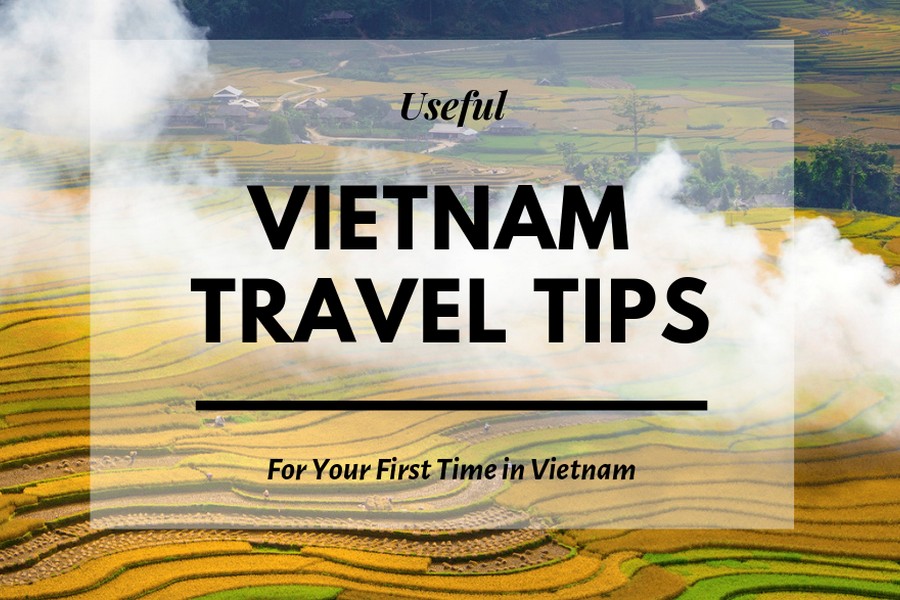Vietnam is a fascinating, diverse and surprisingly traveling country. From beaches and waterfalls to mountains and jungles, Vietnam has it all. These Reisetipps sind ideal für Erstbesucher in Vietnam to help you plan your trip and avoid unnecessary hassles during the trip.
1. Book your first-night stay
When arriving in Hanoi or Ho Chi Minh City you may experience some cultural shocks, especially if you have never traveled to an Asian country. Crowded streets, crazy motorbike traffic during rush hour, not too much travel guide information. With that in mind, it is highly recommended that you book the first few nights.
2. Apply for a visa
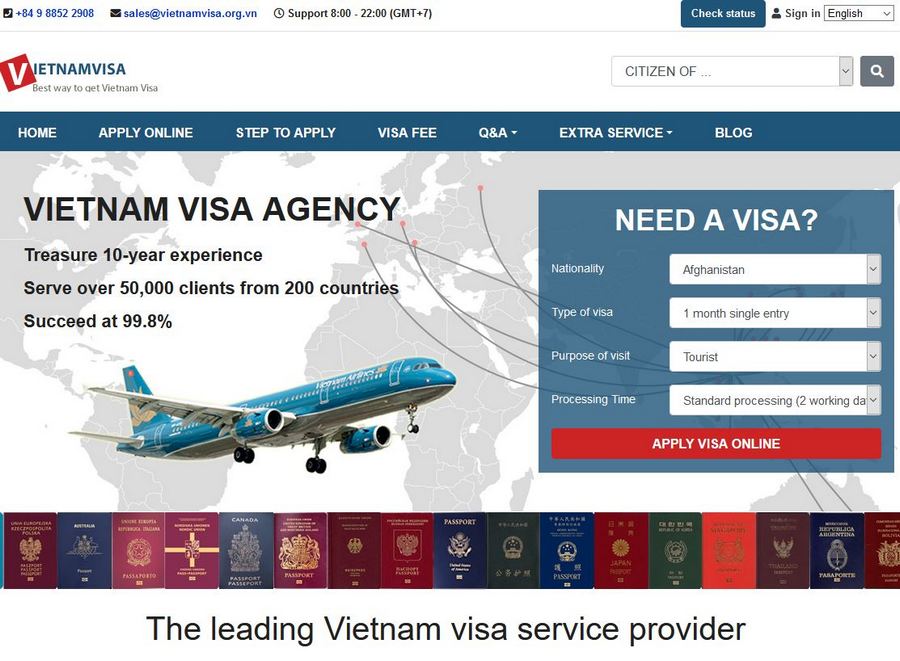
Apply Vietnam visa online via https://www.vietnamvisa.org.vn
You’d better start applying for a Vietnam visa two weeks in advance. There are normally 3 common ways to get it:
– Apply directly for a Vietnam visa letter at the Vietnamese Embassy in your country.
– You can apply for a visa-on-arrival (for air-travelers only) through a travel agency https://www.vietnamvisa.org.vn/. Visa-on-arrival (VOA) in a nutshell is a process by which obtaining a visa letter of approval through an agency for check-in at the departure airport and get the verified visa stamp at an international airport in Vietnam at arrival.
– Bewerben Sie sich für eine E-Visum durch die vietnamesische Einwanderungsbehörde https://evisa.xuatnhapcanh.gov.vn/web/guest/home
Unlike the Vietnam visa-on-arrival, Vietnam E-visa only allows applicants to stay within Vietnam with one single entry for no more than 30 days. It means you should get a Vietnamese visa on arrival if you desire to stay longer in Vietnam, or if you hope to leave and re-enter Vietnam during your stay.
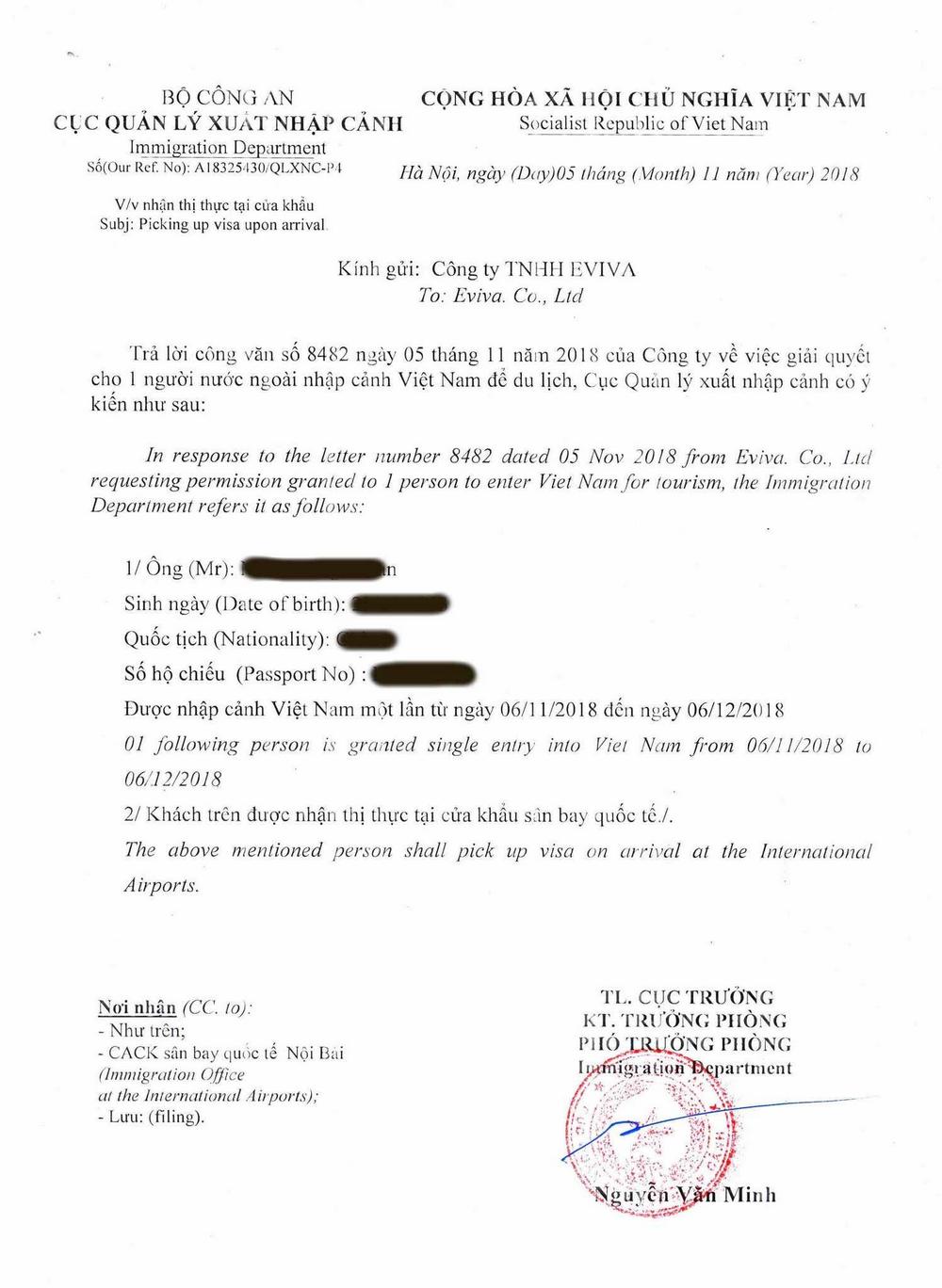
Vorab genehmigter Brief für das Vietnam-Visum
3. Prepare for the immigration queue upon arrival
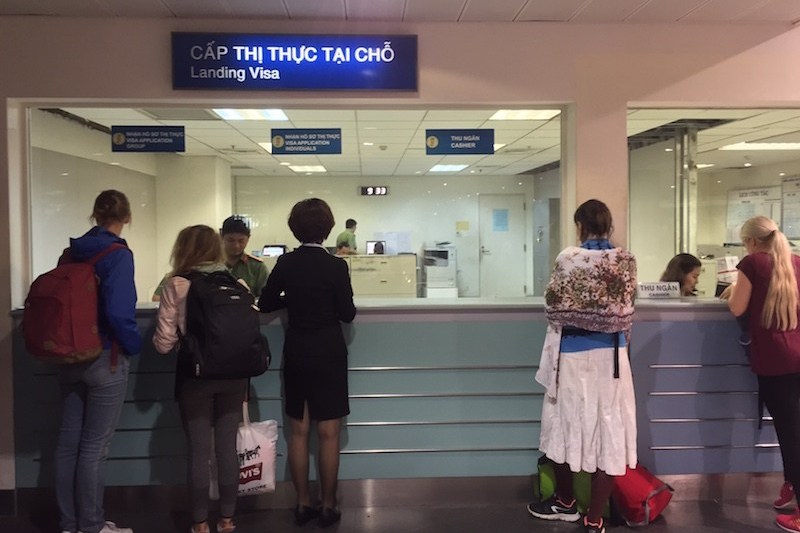
Immigration at the airport is not a comfortable process. What is more frustrating than queueing a long waiting line in front of an immigration desk after a long flight. If you are not fortunate, 2-3 planes will land simultaneously and the wait may be about an hour.
To avoid wasting time at the airport, ein schneller Service might be what you are looking for. There will be a staff at the counter, who will take you to an immigration priority queue.
Travel tip: Make sure your seat is in the front of the plane. When getting off the plane, it is best not to stay in the bathroom. Go straight (or run!) To the visa application counter and try to be among the first in line.
There are a few things you must prepare in advance for a smooth immigration process upon arrival:
- Reisepass (at least 6 months validity)
- Eine gedruckte Kopie eines beigefügten Genehmigungsschreiben
- Laden Sie das Antragsformular für ein Vietnam-Visum herunter mit Ihren Informationen gefüllt
- 01 photo (4cmx6cm, white background)
- Stempelgebühr in cash (25USD/person for single entry and 50USD/person for multiple entries)
When you arrive at the airport, ensure that all of the above documents are in your hand luggage.
4. Buy a SIM card
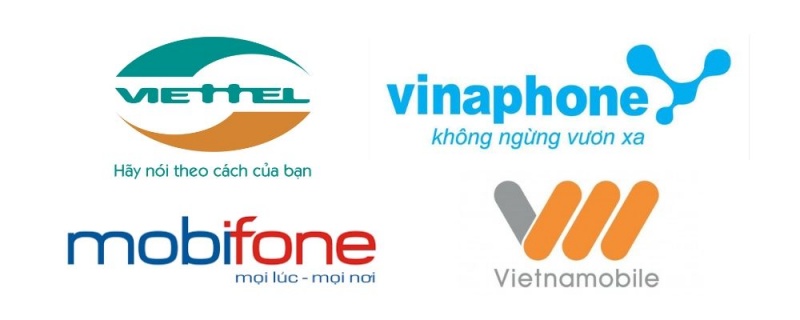
WIFI seems to be accessible on almost every destination. You may want to buy a local SIM card to browse the Internet with your phone, check maps or keep your family and friends in touch. Fortunately, in Vietnam, the price of mobile services is also pretty cheap. Using a SIM card would probably make your trip a lot easier.
Many travelers say that paying and buying SIM cards at a hotel is 10% to 15% more expensive than a roadside store. In fact, there are many spots in Vietnam to buy SIM cards or you can buy them directly at the airport or Buchen Sie es online über Klook. 5GB of data (available for 30 days) is about 100,000 VND ($5 USD). For the best coverage and service, you can choose either of Viettel, Mobifone und Vinaphon SIM cards.
How to use the Top-Up Card?
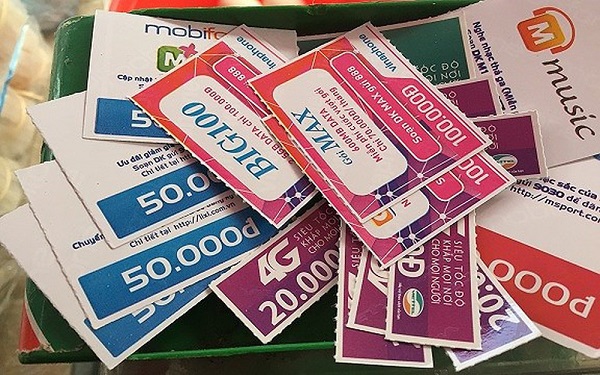
At the back of the card, scratch a silver rectangle box then you will see a series of numbers you need to top up your SIM card. Open the dial pad on your phone, enter the following code: *100*[Series of numbers under the cover ]# then hit the “call” button. Then you will receive a notification indicating the top-up. You can also verify the balance of your SIM card account by entering the code *101#.
5. Avoid getting confused with Vietnamese Dong currency
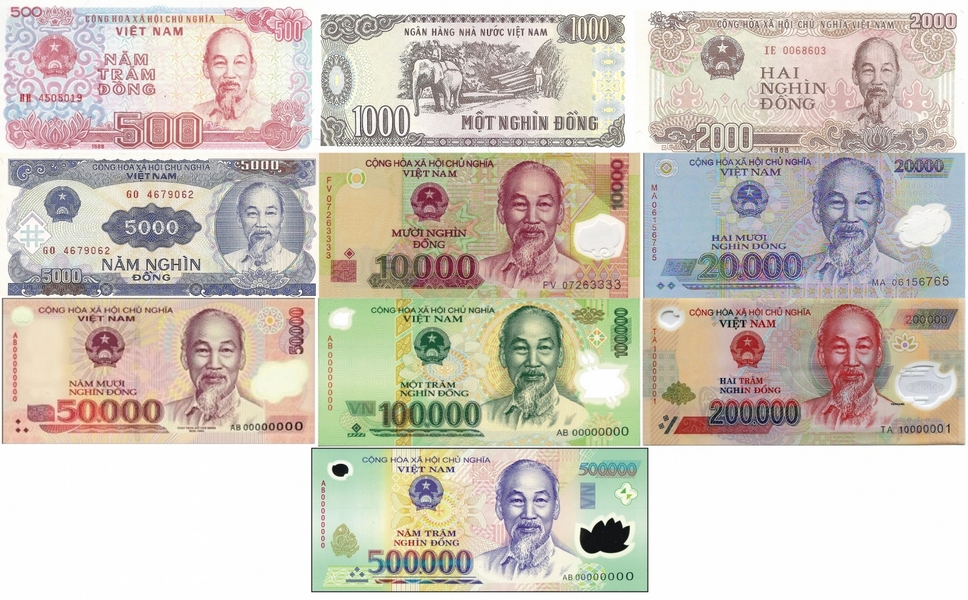
Vietnamesische Dong-Währung
Polymerized notes with loads of zeroes can be easily puzzling for first-time visitors. The lowest value is 500 Dong whereas the highest is 500,000 Dong. The disparity between 20.000 Dong and 500.000 Dong (different shade of blue) is easy to mistake but the meaning is a huge gap.
The highest denomination is 500.000 Dong so keeping 500.000 Dong notes separate from your other notes is advisable. Count the money carefully to ensure that your goods don’t get over payment.
6. Transportation in Vietnam
There are many taxi brands in Vietnam, but not every brand can be trusted. It is best to use Mai Linh und Vinasun. Taxi is not really trustworthy in Vietnam, even local people will be overcharged.
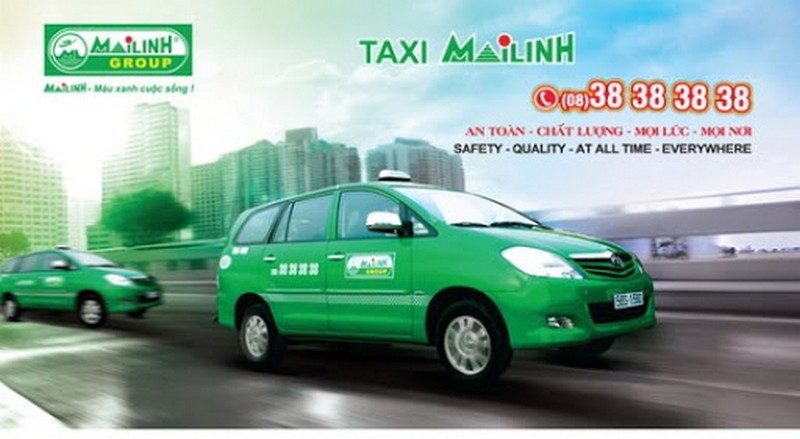
Mai Linh Taxi Hanoi: +84 24 3838 3838
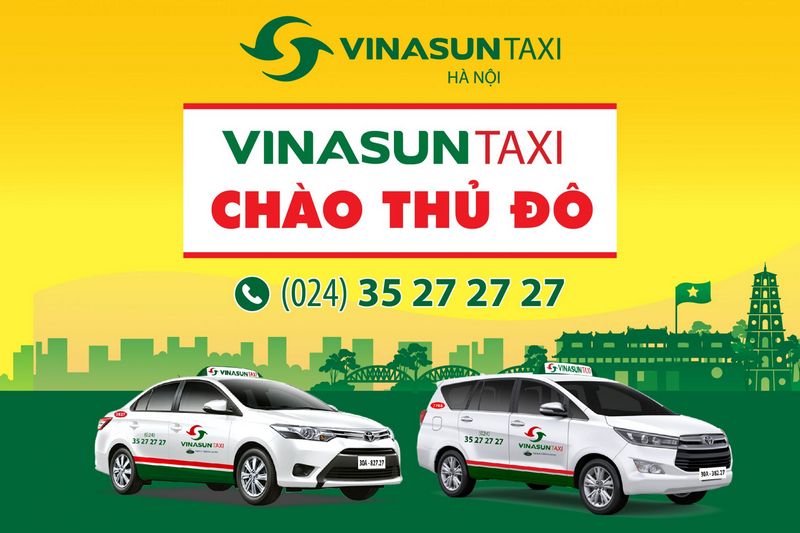
Vinasun Taxi Hanoi: +84 24 3527 2727
Schnappen Sie sich ein Taxi, the solution for the ones who are afraid of driving or do not want to be ripped off during the Vietnam trip (Vietnamese SIM card required)
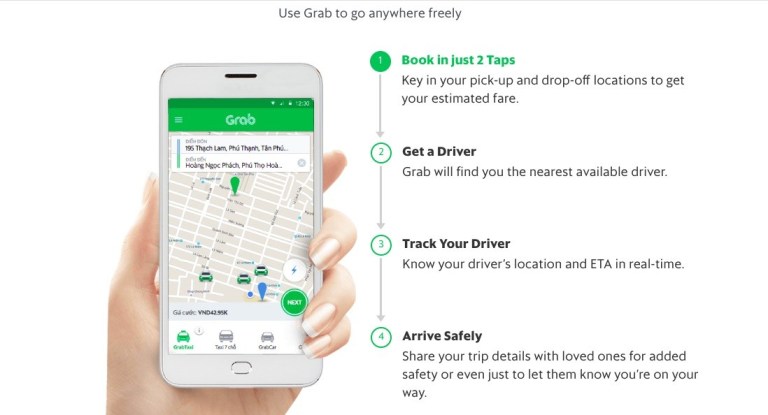
Let me go you through some simple instructions:
1. Run the application (Download for Android | iPhone / iPad)
2. Input your phone number to register
3. Choose a car or motorbike service
4. Check your pick-up and your drop-off points
5. Set it or select it on the map
6. Get price, tap on “book” and wait for your ride.
7. Learn some local phrases
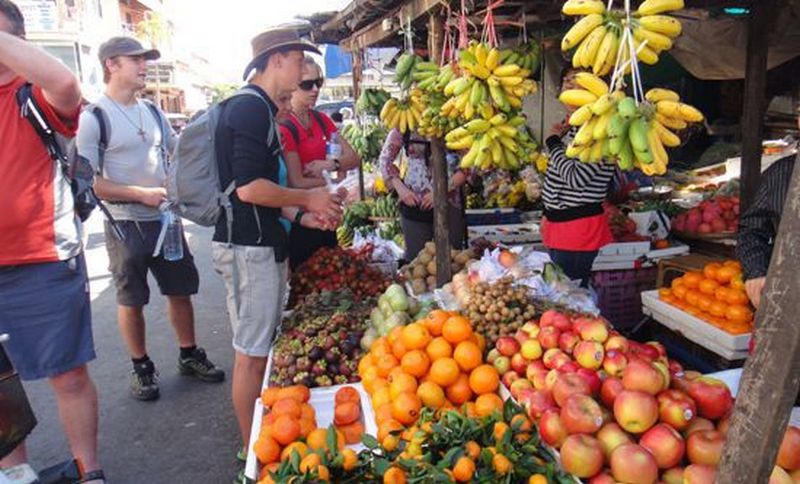
Verhandlungen auf Vietnamesisch
Bargaining is a norm in Vietnam, especially in local markets. Learn how to bargain in Vietnam and communicate with native sellers would help you to score some best deals. You can start bargaining from 20 to 30% of the original price.
It always helps to know a little bit of the local language. Here are a couple of phrases to get you started:
| How much is it? | Bao nhiêu? (bao new?) |
| Das ist teuer | Đắt quá!/ Mắc quá! (Dart wa!/ Mack wa!) |
| Could you give me any off? | Bớt đi (Burst dee) |
| Nein | Không (Kong) |
| Ja | Dạ (ya) |
| Vielen Dank | Cảm ơn (Come on) |

